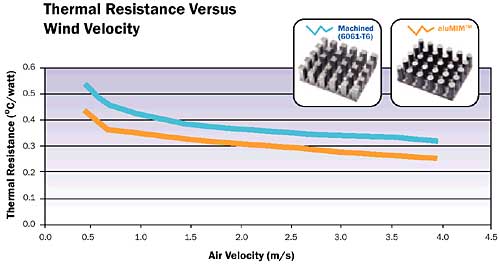Despite the excellent thermal properties of a copper heatsinks aluminum heatsinks are typically used as they weigh approximately half as much as a copper conductor having the same conductivity and are also less expensive.
Ceramic heat sink vs copper.
Copper is better at heat transfer and aluminum is better at heat dissipation so good heat sinks have a copper.
Copper is an excellent conductor of heat and radian uses cu1100 which has a thermal conductivity of 380w m k.
The best practical coolers have a copper base usually heat pipes and aluminum fins.
The new ceramcool gu10 led spot works with any led.
Some heat sinks use a combination aluminum fins with a copper base.
Size with the greater depth of a farmhouse sink the copper kitchen sink can serve to hand wash clothes rinse off the family pet or even help with baby baths.
Ceramic heat sinks for innovative thermal management.
However copper is used where higher levels of thermal conductivity are needed.
We use cookies which are necessary for the operation of the website further cookies which are placed for anonymous statistical purposes so we can improve our website for you as well as 3rd party cookies for integrated external services.
That s one point for copper.
In fact aluminum only has 60 of the thermal conductivity that copper does.
As you can see in this table copper is more conductive than aluminum.
This is because aluminum costs less than copper.
I do not know whether the dual and quads come with the same heat sinks but it is very possible that they do not.
Heat sinks are designed to maximize the surface area in contact with the coolant fluid.
Aluminum alloys are the most common heat sink material.
They might look alike but they may have either a greater mass of aluminum a copper insert or more fins as well as possibly a fan with greater cfm s.























